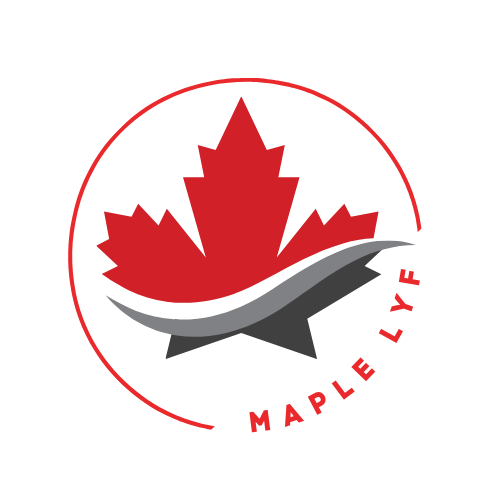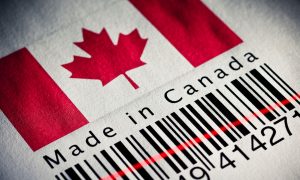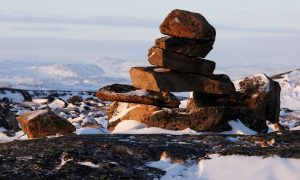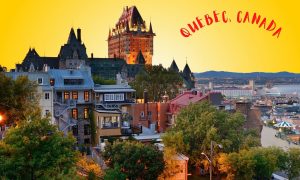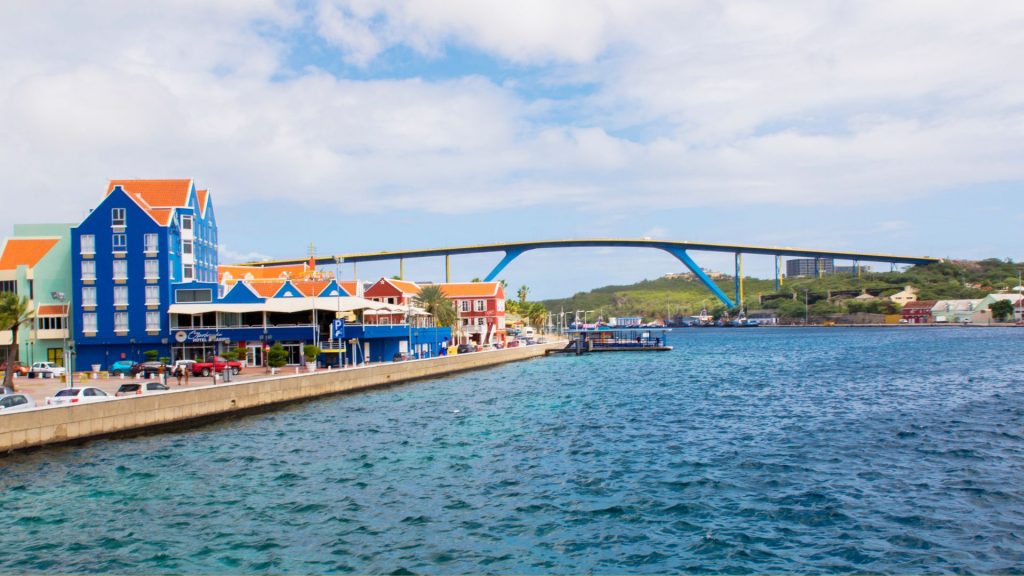
The island of Prince Edward was given that name in honor of Queen Victoria’s father, Prince Edward Augustus, Duke of Kent. The earliest people to live on Prince Edward Island were the Mi’kmaq, who gave it the name “Abegwiet,” which translates as “the place battered by the waves.” The island was named “Île St-Jean” by the French, who were the first Europeans to settle there. It was then a part of Acadia and a French colony. The British gave the island its current name when they acquired control of it in 1798.
Discussions for the formation of the Canadian Confederation in 1867 included Prince Edward Island. However, the province did not become a member of the Confederation until 1873. The Canadian railways were expanded to reach the island after its inclusion into Canada, which benefited the province’s agriculture.
- In terms of both population and area, PEI is the smallest Canadian province. There are a little more than 146,000 people living on the main island, which is 2,170 square miles in size.
- Prince Edward Island, the only province without a land border, is the 104th-largest island in the world.
- Located along 1100 km of coastline, the beach is only a 15-minute drive away from any location in Prince Edward Island.
- The minority Progressive Conservative party currently controls Prince Edward Island’s government.
- On April 23, 2019, Prince Edward Island held its most recent provincial election.
- The PEI provincial government is steadfast in its commitment to giving its citizens full access to all open and structured data generated by governmental departments or organisations.
- English heraldic lions, like the one on the coat of arms, are depicted on the top of the PEI flag.
- The state animal of Mississippi, USA, is the same as the state mammal of Prince Edward Island. Who can guess? The red fox is there.
- In 1713, the French gave the island its initial name, Saint John Island (Île Saint-Jean). The island was taken by the British in 1745, handed back to the French in 1748, and again recovered in 1763.
- The lone national park in the province is on Prince Edward Island, which is known for its enormous sand dunes.
